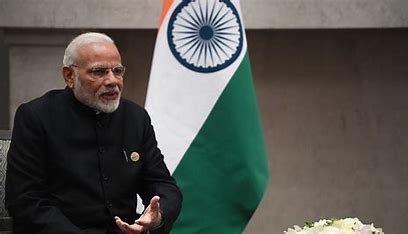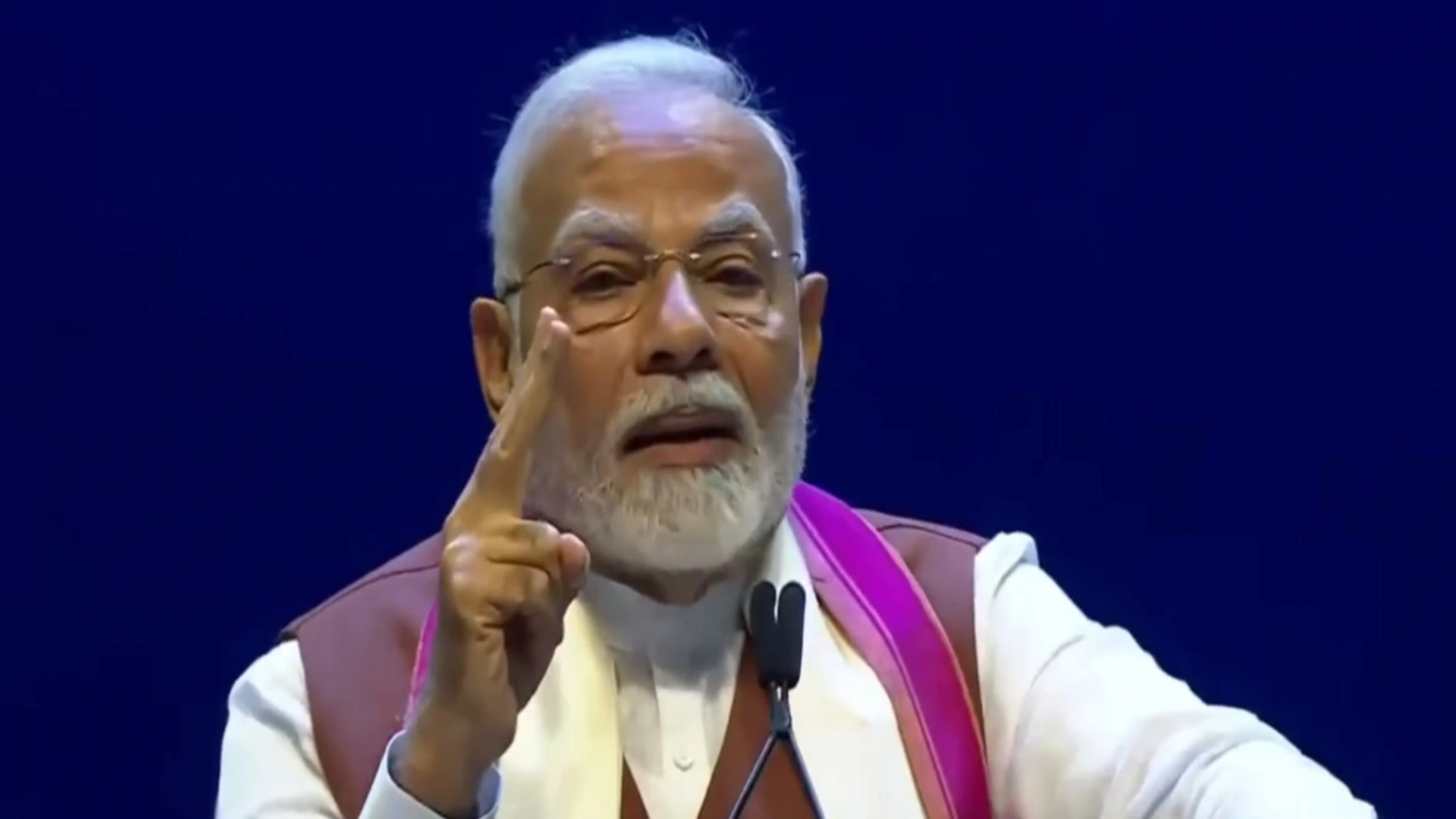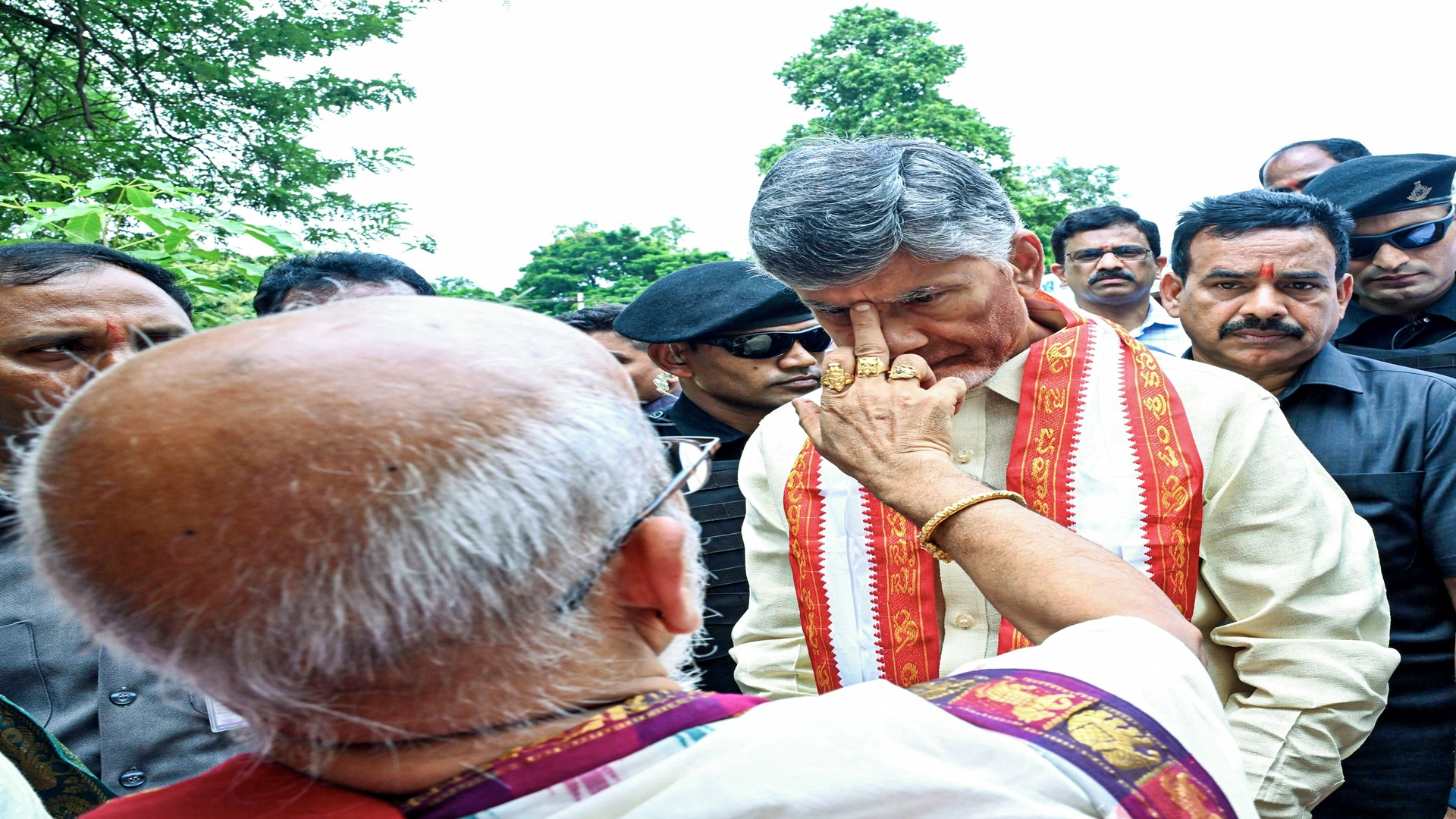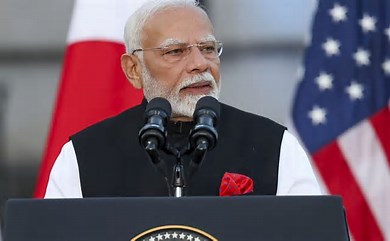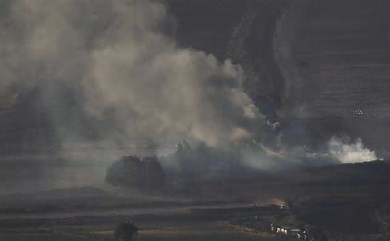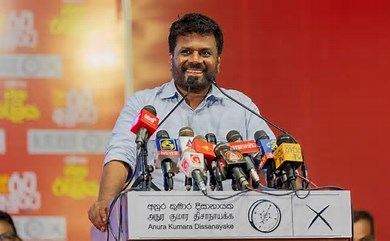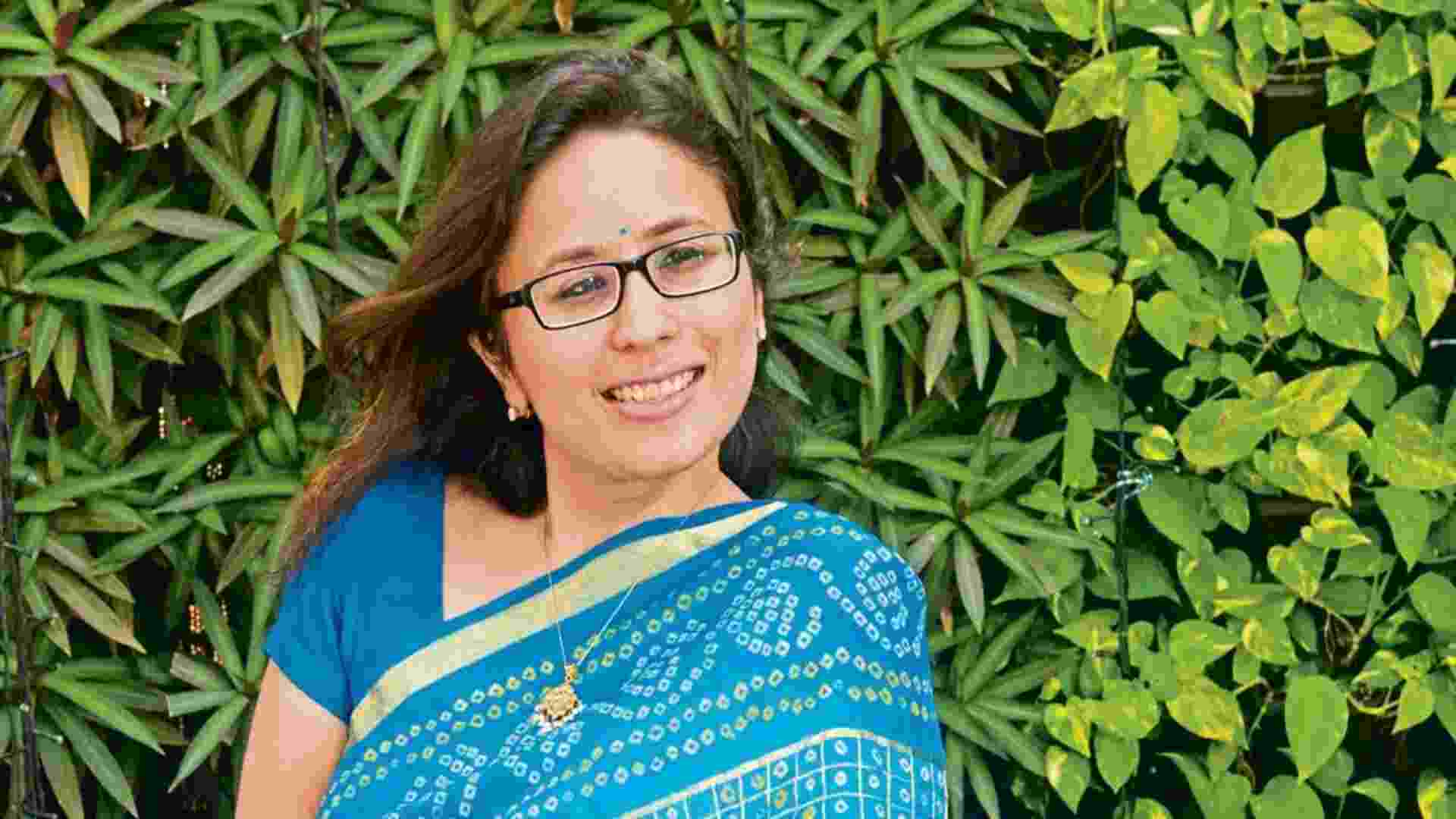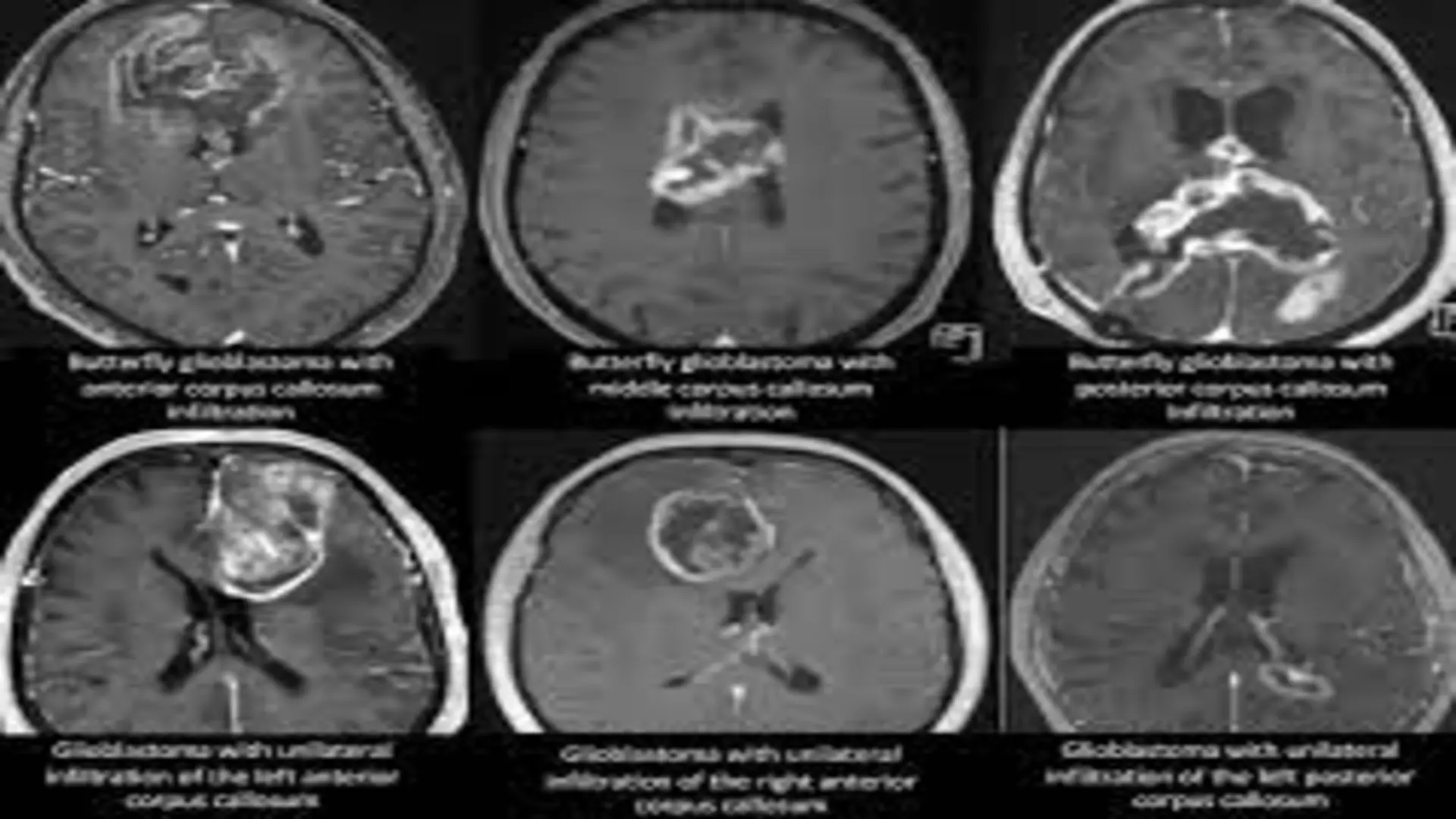
It took the government more than four years to put Lokpal in place. Only time will tell whether this institution will have the desired impact or will it also become an institution for “rewarding” retired civil servants and judges. Though without commenting on the quality of judges (for obvious reasons), one can safely say that some of the officers (wo)manning this institution have outstanding credentials. It has been more than 18 months since the establishment of Lokpal but no worthwhile movement can be seen on the ground except perhaps formulation of Rules. A baseline survey or outlining some parameters to evaluate the performance of Lokpal over the years would be in order. The sooner it is done, the better would it be. However, whether Lokpal will ultimately rein in corruption is a moot point. Similar institutions, like Lokayukta, created at the state level have had little or no impact on corruption. At best, they provided fodder for news channels. (Though some of these channels know what-the-nation-wants-to-know and they don’t need any such fodder. They are capable of “growing” their own fodder).
Corruption exists at various levels but, broadly speaking, it can be classified at two levels. The one at the higher levels of governance is seen (gets reported because of the high-profile nature) but not felt and the other at the cutting edge of the administration where it is felt and not seen (rarely reported and, on occasions, even accepted). The focus has primarily been on the former part, little realizing that those indulging in it are past masters at manipulations. This nature of corruption exists even in “clean” countries like Japan. Such corruption also needs to be tackled but it calls for reforms on a larger scale and by those that are themselves ‘benefitting’ from such corrupt practices. What impacts the common man directly is the corruption in day to day life. As pointed out in “Ethical Dilemmas of a Civil Servant”, “The shift from ‘Nazrana’ (a practice of giving gifts to emperors/kings as recognition of tutelage) to ‘Jabrana’ (extortion by state agencies, including bureaucracy) is a serious cause for concern and requires to be addressed”, it is important to address this form of corruption. This can be done as it is already being done in certain segments of administration.
What happened in the context of Railway reservations many years ago can be a lesson for many in the government. Railway reservations were beset with corrupt practices. A single technological intervention took care of the problem. Technology and transparency can tackle corruption at the cutting edge substantially as is now being increasingly demonstrated. The approach should be to incrementally reduce and then eliminate, wherever possible, physical interface between government officials and public. One of the biggest manifestations of corruption is “speed money” that is paid to expedite clearances. The Project Monitoring Group (PMG) was set up in 2013 when scams were happening thick and fast. Despite vitiated environment, the PMG managed to fast track clearances of more than Rs 5 lakh crore in just 15 months. And, no finger was pointed. This could happen on account of transparency through use of technology. Similarly, Samagra Foundation is assisting Haryana Government in digitising all the processes wherein there is physical interface between the common man and the officials. Started in July 2017, over a period of one year, the Foundation worked with the State Government and the National Informatics Centre (NIC), Government of India and NIC, Haryana to bring more than 500 schemes and services from more than 35 departments to an online portal called Antyodaya Saral. In essence, this meant that a resident of Haryana could apply to all these services and schemes on the portal itself without having to run from pillar to post in different government offices to avail them. Besides the online platform, there are 117 government-run state-of-the-art service centres at headquarter/tehsil level which provide the same schemes / services and 6000+ Common Service Centres at the village/ward level in Haryana. All relevant information such as documents needed, eligibility criteria, is available on the portal itself as well as at these centres. A single state-wide helpline has also been established with the aim to resolve all service delivery related queries and grievances. Applications are expected to be processed as per designated timelines notified under the Haryana Right to Service Act 2014. To ensure accountability, a public dashboard allows department officials to view compliance with Right to Service Act timelines at state as well as district level. To bring in transparency, when a citizen applies on the portal, she receives a tracking number which can be used to check the status of the application at various levels of processing.
As mentioned earlier, it can be done because it is being done. What is required is to spread the ambit of use of technology and scale successful models (there are indeed many of them). Technology can eliminate corruption even at higher levels as was demonstrated in the coal sector a few years ago. However, charity has to begin at home. It is indeed inexplicable why despite the emphasis by the PM himself, most of the Ministries in Government of India haven’t gone digital. Pendency and delays are still mind boggling and technology can really help. The PM has to set an example. The PMO should receive only digital files. This will force the Ministries to go digital. And, the PM will get to know about the pendency in the PMO itself on real time basis without asking anyone or without anyone having to complain.
Anil Swarup has served as the head of the Project Monitoring Group, which is currently under the Prime Minister’s Office. He has also served as Secretary, Ministry of Coal and Secretary, Ministry of School Education.

